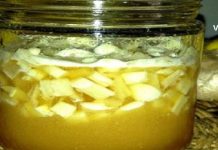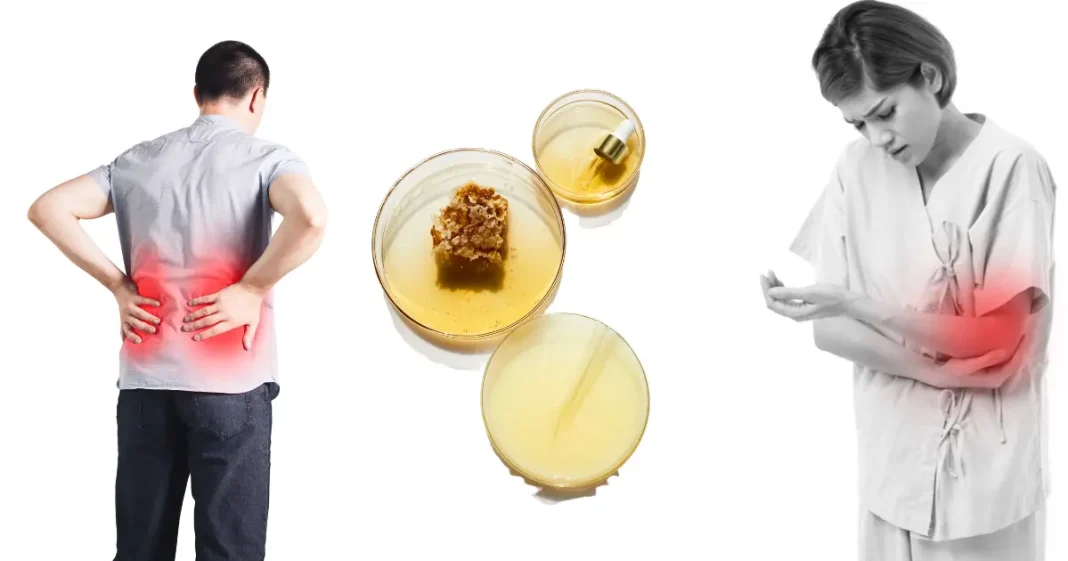Joint pain is one of the most common health issues people face—regardless of age. While younger individuals might experience it due to active lifestyles, sports injuries, or infections, older adults often suffer from chronic conditions like arthritis, osteoarthritis, or osteoporosis. In many cases, especially in rural areas, people turn first to natural remedies passed down through generations. Among them, traditional ointments made from everyday ingredients are particularly popular.
Common Causes of Joint Pain
Arthritis – Inflammatory condition of the joints (e.g., rheumatoid arthritis, psoriatic arthritis)
Osteoarthritis – Degeneration of joint cartilage due to age or overuse
Bursitis and Synovitis – Inflammation of the joint lining or surrounding bursae
Tendinitis – Inflammation of tendons due to repetitive motion
Gout and metabolic disorders – Uric acid accumulation in joints
Injuries and overuse
Symptoms of Joint Pain
Pain while moving or even at rest
Swelling, redness, or warmth around the joint
Stiffness or difficulty moving the joint
Cracking or popping noises
Morning stiffness, especially in arthritis patients
Traditional Ointment Recipe for Joint Pain Relief
One of the most popular and widely used folk remedies is a homemade joint pain ointment, praised for its anti-inflammatory and warming properties. This remedy uses easily accessible ingredients and is free from synthetic chemicals.
“Village-Style” Joint Ointment Recipe
Ingredients:
1 tbsp natural honey (preferably dark honey like chestnut or buckwheat)
1 tbsp mustard powder
1 tbsp castor oil or olive oil
1 tbsp baking soda
1 egg yolk
2–3 drops of camphor spirit (optional)
Preparation:
Mix all ingredients thoroughly until a smooth, creamy consistency is achieved. Store in a clean glass jar in the refrigerator for up to 7 days.
How to Use:
Apply a small amount to the affected joint area.
Gently massage for 5–10 minutes.
Wrap the joint with warm fabric (wool is ideal).
Leave overnight or for at least 2–3 hours.
Repeat daily for 7–10 days.
Expected Results:
Reduces inflammation and swelling
Improves blood circulation in the joint area
Enhances mobility and reduces stiffness
Helps prevent recurrence with regular use
Alternative Traditional Ointment with Fat and Pepper
Ingredients:
100 g rendered pork or beef fat
2 tbsp red chili powder
1 tbsp camphor spirit
1 tbsp mustard powder
1 tbsp honey
Preparation:
Melt the fat over a water bath. Add the remaining ingredients and mix well. Store in a glass jar in a cool, dark place.
How to Use:
Apply to painful joints before bed, wrap with wool, and leave overnight. Do not use on open wounds or irritated skin.
Helpful Medicinal Plants for Joint Support (As Tea or Topical Use)
Artemisia (wormwood) – Strong anti-inflammatory
Meadowsweet – Natural pain reliever
Calendula (marigold) – Reduces swelling, soothes the skin
Linden & Elderflower – Aid the elimination of toxins
You can drink these as tea or add infusions to your ointment base.
Ancient Method – Herbal Wraps with Vinegar or Spirits
Traditionally, people used lavender, walnut, or myrtle leaves, soaked in vinegar or alcohol and applied as compresses.
How to Use:
Soak leaves in natural apple cider vinegar or spirits for 10 minutes. Place them over the joint, wrap with warm fabric, and keep for 2–3 hours or overnight.
This folk method remains popular in many Georgian villages even today.
Important Notes and Caution
Folk remedies should not replace a doctor’s diagnosis.
Avoid on damaged or irritated skin.
Some ingredients (like mustard, camphor, or chili) may cause skin irritation — do a patch test first.
Supporting Joint Health Holistically
Maintain a balanced diet rich in calcium, omega-3, and antioxidants
Practice gentle exercise like yoga, swimming, or walking
Control body weight to reduce pressure on joints
Use proper posture when working at a desk or computer
Apply gentle heat and massage regularly
Conclusion
Joint pain isn’t just a physical nuisance—it affects your movement, productivity, and overall well-being. Natural ointments made from household ingredients can offer significant relief when used regularly and correctly. Combined with a healthy lifestyle and proper care, these remedies may improve joint mobility, reduce pain, and prevent further deterioration — without relying on chemical medications.


















